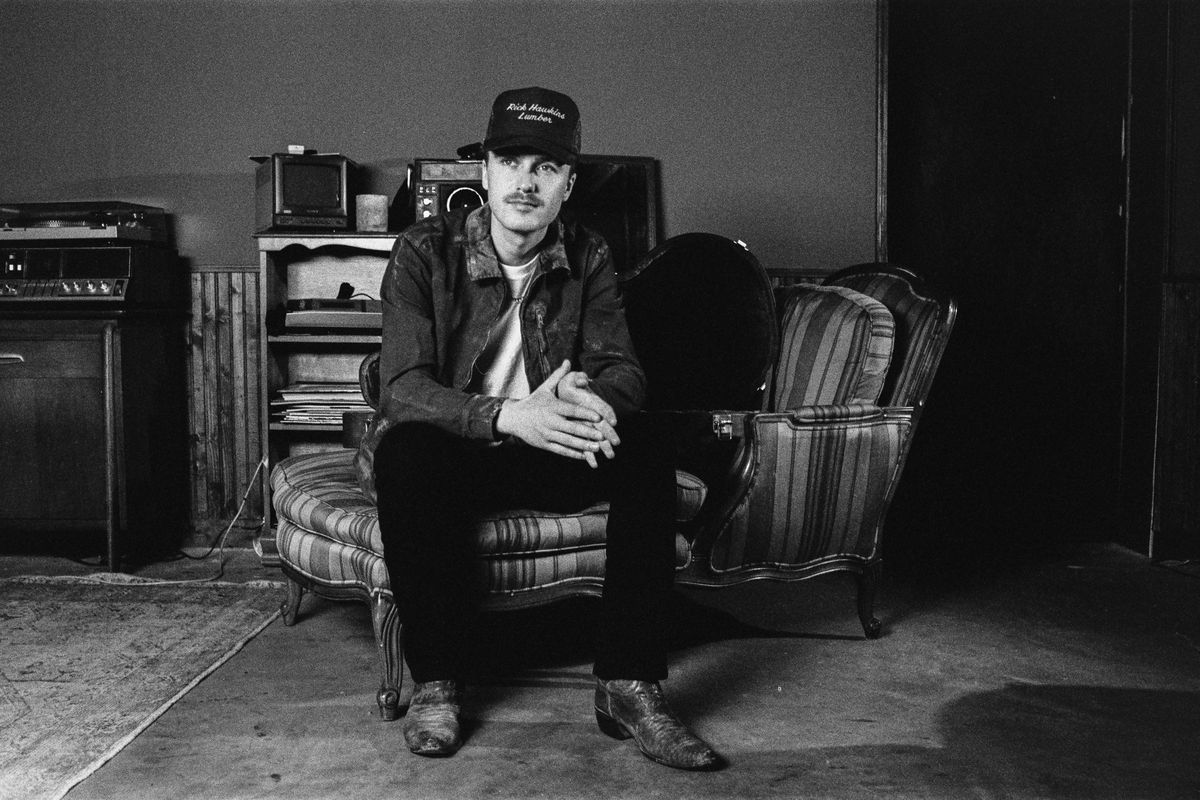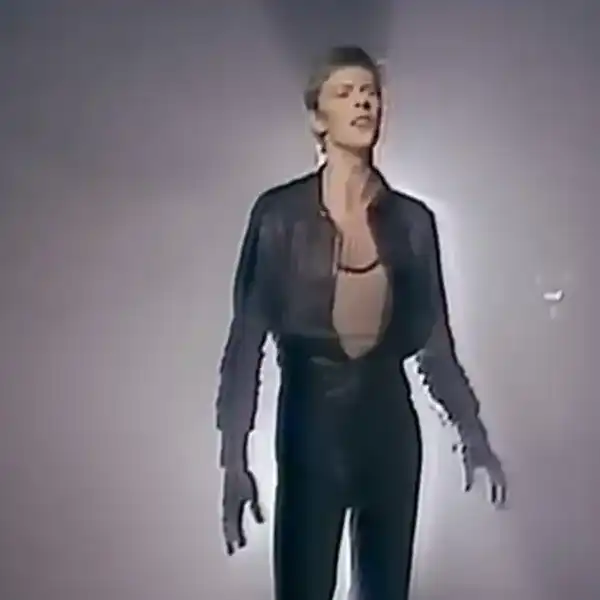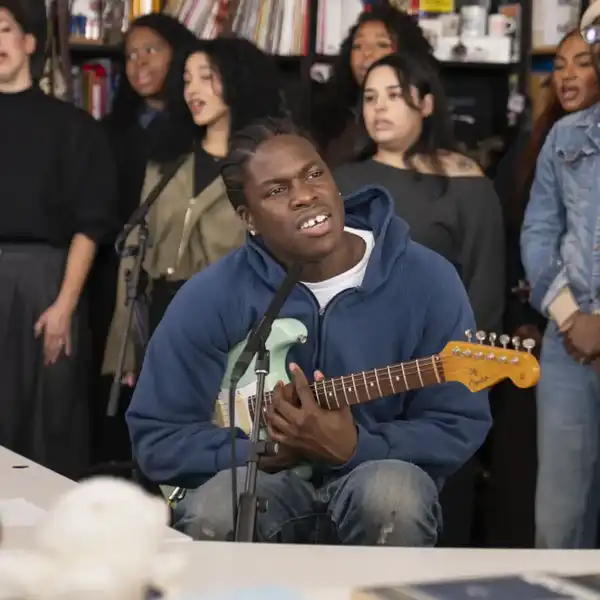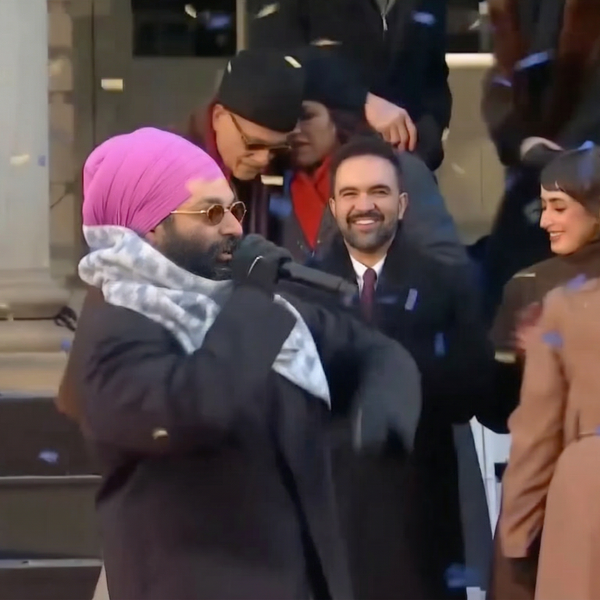Max Roach: The Drum Also Waltzes/Lasting Impression In 3D
Max Roach: The Drum Also Waltzes and Lasting Impressions in 3D: The Magic of the Impressionists.

Bill King photo provided.
By Bill King
Max Roach: The Drum Also Waltzes and Lasting Impressions in 3D: The Magic of the Impressionists.
Toronto portrait photographer John Reeves (1938-2016) agonized over every gesture, body position, intruding background, in capturing the essence of a subject. Ranging from Oscar Peterson, Yo-Yo Ma, and Leonard Cohen, to Margaret Atwood, Robertson Davies, Dizzy Gillespie, and other luminaries. Jazz guitarist Ed Bickert would circle a chair next to where his prized Fender Telecaster rested, inhaling a long drag from a flaming cigarette before stroking a heavenly chord.
Art, as embraced for centuries, comes from inspiration and reflection. Struggle, pain, defiance, and minor victories. It’s a view of the planet from those who stand outside the rhythmic flow of commerce, who receive and communicate on their own terms. Two films now in play speak about that journey. Max Roach: The Drum Also Waltzes and Lasting Impressions in 3D: The Magic of the Impressionists.
Max Roach: The Drum Also Waltzes - PBS
In the chronicles of jazz history, few names command as much reverence as Max Roach. A rhythmic revolutionary, a percussive pioneer, and a determined force behind the drum kit, Roach’s influence on the world of jazz is nothing short of legendary. With his agile hands, Roach didn’t just keep the beat; he redefined it, pushing the boundaries of rhythm and time signatures like a sonic magician.
The Drum Also Waltzes is a recent offering from the long-running PBS American Masters series which follows Roach from his early years roughing it out on Coney Island, then at the vanguard of a new era in black expression: bebop.
The long days and nights in the company of young bloods Dizzy Gillespie, Bud Powell, Charlie Parker, Thelonious Monk, and Charles Mingus revitalizing and reinventing African-American music. Pushing beats beyond the balanced pace of Louis Armstrong, that era after World War 11 in the rear-view mirror. Harmonies: dense and fluctuating, soloing played at mindboggling tempos. A club so private only the most sophisticated and adept musicians invited in. The jazz virtuosos.
Although not as elegantly packaged as Wayne Shorter’s recent Zero Gravity, The Drum Also Waltzes comes with ample footage, dialogue and splendid photos of an era packed with conflict, urgency, discovery, and significant triumphs. Talking throughout: Harry Belafonte, Randy Weston, Questlove, Sonny Rollins, Quincy Jones, Jimmy Heath, Julian Priester, Abdullah Ibrahim, Roach’s offspring, and the man himself.
Max Roach burst onto the jazz scene in the heady days of bebop. Teaming with luminaries like Charlie Parker and Dizzy Gillespie, he became the heartbeat of the bebop revolution. Roach’s innovative approach to drumming, marked by lightning-fast tempos, complex polyrhythms, and a relentless quest for sonic perfection, set a new standard for what a drummer could achieve. His contributions to bebop classics like Ko-Ko and Salt Peanuts were nothing short of game-changing.
Beyond the drum kit, Max Roach was a man with a mission. During the tumultuous 1960s, he used his music as a powerful tool for social change. “We Insist! Freedom Now Suite,” an album Roach co-created, served as an anthem for the civil rights movement. A musical declaration defied the urgency and struggle for equality in a turbulent time in American history. Roach’s beats were more than just rhythms; they were calls to action and universal.
The photos and footage of a beaming engaged Abbey Lincoln (1962-1970 married to Roach) waving her fashion and political influence out front of Roach’s driving pulse made for a dynamic twosome of new school activism and consequential change. Civil rights, human rights. The march was on.
Roach and I spoke over lunch in 1992.
BK: You’re credited with expanding the dynamic range of the drum kit. Your manner of timekeeping, ability to propel the quick tempos of bebop, and cymbal artistry were innovative. Was it your desire to advance the role of drummer in a group that brought about these changes?
Max: It all kind of happened organically. It’s a democratic art form, and in an orchestra or small group, it depends on who is with you. When Miles had the band with Red Garland, it had a different personality from John Coltrane than with Wayne Shorter, or Herbie Hancock, or Tony Williams. Even though I had bands with Clifford Brown, Kenny Dorham, and Booker Little, I created the bands around the personalities of the musicians. You didn’t tell them who you wanted them to play like; you allowed them the freedom to be themselves, and my drumming would adapt to that. If I did a concert with Cecil Taylor, I wouldn’t deal with my instrument as I dealt with it when I worked with Bud Powell. That’s the wonderful thing about this music, you’re always challenged.
I remember when Bud Powell recorded Un Poco Loco. It was a piece that called for an Afro-Cuban beat, and I played a standard six-eight beat. Actually, you can hear the transformation now. After they put out the first one, they put out all the takes we did. After the first take, Bud looked at me and said, “You’re Max Roach, can’t you think of something else to do?” I always tried to create new rhythms at home and remembered doing something in 8/4 time. He accepted that, and I used it on the record.
The doc allows Roach and trumpeter Clifford Brown ample ground to examine the prolific and innovative musical partnership and the impact of Brown’s sudden death from an automobile accident. Recovery was unbearable.
BK: After Clifford Brown’s sudden death, was it difficult to reconstruct the group and mould the sound in the direction you first desired?
Max: You accept the fact about that tragedy, but it was hard. Brownie, Richie Powell, and his wife were so young. They were so full of life and such wonderful people. That loss was tremendous, regardless of whether we stayed together. We didn’t get to hear what they’d be doing today. You grow into this business and aren’t tied to anything. That was something I’ve never gotten over. They were good, wonderful people and very close friends who loved the same things.
Roach was more than just a drummer; he was an aural explorer. He boldly thought, experimenting with odd time signatures and unusual instrumentation. His work with the percussion ensemble M’Boom showcased his dedication to expanding the possibilities of rhythm, using everything from marimbas to congas to create intricate and mesmerizing soundscapes.
Max Roach’s impact on jazz and drumming is immeasurable. His innovations continue to reverberate through the world of music, from jazz to hip-hop and beyond. Drummers across the globe cite him as a primary influence, and his recordings remain essential listening for anyone interested in the art of rhythm.
Max Roach was not just a drummer; he was a visionary, activist, and true pioneer of jazz. His music, marked by its urgency and innovation, continues to inspire, and challenge musicians to this day. In the world of jazz, his name is a testament to the boundless possibilities of rhythm and the enduring power of music to effect change. Max Roach, the drumming dynamo, will forever remain a towering figure in the pantheon of jazz legends.
The last scene as credits roll finds Roach behind the Hi-hat absent the full kit. What Roach communicates with a pair of drumsticks, cymbals, and a metal stand is beyond description. The incandescent lashes of a genius.
Lasting Impressions in 3D: The Magic of the Impressionists (Mirvish/Pantages)
Over 160 masterworks by 17 renowned artists like Paul Cézanne, Edgar Degas, Paul Gauguin, Eva Gonzales, Claude Monet, Camille Pissarro, Pierre-Auguste Renoir, Georges Seurat, and Vincent Van Gogh. In the eddying mixture of artistic innovation, a 3D revolution painting the town with strokes of pixelated genius. The hypnotic magic of Impressionist masterpieces is reimagined in a whole extra dimension, bringing their vibrant hues and ethereal brushwork to life.
From Monet’s water lilies to Renoir’s dappled sunlight, the Impressionist movement left an indelible mark on the art world. And now, in a technological opus, these timeless artworks are getting a 21st-century remix. Imagine wandering through a virtual art gallery, surrounded by the essence of Impressionism. Each stroke, each colour burst, all vibrantly breathing and pulsating with life.
In this brave new world of art-meets-tech, 3D reproductions elevate these classics beyond the flat canvas, giving them depth and texture. It’s like stepping into a dreamland where Manet’s Parisian soirées and Degas’ dancers twirl before your eyes.
But it’s not just a visual feast; it’s an interactive playground. Envision adjusting the lighting to see the play of shadows, zooming in to examine the meticulous details, and even picking up a virtual brush to try your hand at creating Impressionist-inspired art. The possibilities are as vast as Monet’s Garden.
As you wander through this digital realm, guided by narrations echoing the echoes of history, the immersive experience blurs the lines between observer and artist. The magic is in the fusion of art, technology, and narrative, letting you lose yourself in the world of the Impressionists. The inspiring mood of the moment features pieces by Debussy and Ravel, as well as delightful French standards by Piaf, Aznavour, and Mouskouri.
Lasting Impressions in 3D: The Magic of the Impressionists isn’t just an exhibition, it’s an artistic odyssey. It’s the past embracing the future, the brushstrokes of the 19th century painted with the pixels of the 21st. It’s Impressionism, reborn and reimagined. Let’s dive into the 3D revolution, where art transcends the canvas and dances in the digital ether.
John Reeves spent his final years immersed in Photoshop, exploring its endless possibilities. Painting with pixels. Transforming a photo into art.
As I watched in astonishment as ballerinas danced about my head in 3D, and century-old city streets buried under the grit and decay of contemporary life come back to life, I speculated how the 17 featured impressionists would receive AI technology and turn on the magic. I suspect, much like Max Roach and Miles Davis, once one has pushed boundaries beyond the edges without constraints, an alternative route is imperative. The seductive lure of the unknown. Tools are tools, the restless spirit, is another thing altogether.
Lasting Impressions in 3D is produced by Northern Gateway Films, founded by two accomplished Edmonton filmmakers, Andrew Scholotiuk and Dylan Pearce. The pair have a combined 25 years of industry experience, including the release of feature-length films and MOW's in theatres and festivals worldwide. Their relationships with overseas distributors and foreign sales companies give them a firm foundation for creating successful and profitable media projects.
Theatre: CAA Theatre, 651 Yonge St, Toronto, ON, M4Y 1Z9
SHOW SCHEDULE
Tuesday - 2 PM & 4:30 PMWednesday - 2 PM & 4:30 PMThursday - 2 PM & 4:30 PMFriday - 4:30 PM & 7 PMSaturday - 2 PM, 4:30 PM & 7 PMSunday - 11:30 AM, 2 PM & 4:30 PM
Tickets here.

















